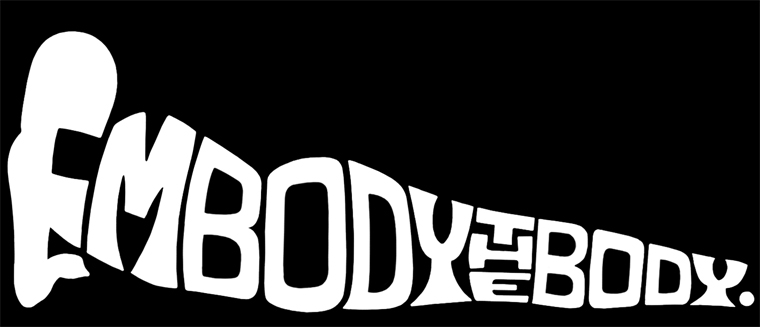This is a great video to study. Watch it through at least once to see the entire sequence. On the second viewing, use the pause button to pick out and sketch the best gestures that show a clear line of action, squash/stretch, and balance.
Wednesday, October 24, 2012
Slow Motion Ballet
This is a great video to study. Watch it through at least once to see the entire sequence. On the second viewing, use the pause button to pick out and sketch the best gestures that show a clear line of action, squash/stretch, and balance.
Sunday, October 21, 2012
Balance and Movement
These images come from Andrew Loomis's Figure Drawing for All It's Worth - this is a highly recommended book, the material inside is pure gold!
Notice what happens to the torso of the figures in the top row when the balance in the legs shifts. When one leg receives the majority of the body weight, its hip and the opposing shoulder move up.
In the above image look at where the legs are positioned. The leg that has the majority of body weight will move under the mass of the torso. The leg that has less weight will either be posed in motion or it will move to keep the body from falling over. The second figure from the left in the bottom row illustrates this point. The figure's left leg is under the mass of the torso to support it, the right has moved out to keep the body upright. Think of this pose as similar to a bike and its kickstand. The main weight of the bike will sit on the wheels while the kickstand is angled out from the mass of the bicycle to prevent it from falling over.
Keep in mind that if you are going to draw an unbalanced figure (that is a pose that a model cannot hold for more than a fraction of a second) then it must have momentum, otherwise your figure will be locked in a static pose that looks as if is tipping over. Loomis's advice is to angle the figure in the direction of movement. The third figure from the left in the second row shows this purposeful balance/momentum combination.
Ballerina Sketching Practice
These sequential images of a ballerina dancing come from an article in the Daily Mail. Try sketching each of these images while focusing on Lines of Action and Movement. First, simplify the gesture into a bare minimum of line, then determine in what direction momentum is moving. This should help you draw gestures that have a sense of liveliness to them.
Once you completed the first sequence, draw a second that focuses on exaggerated movement. Scale the size of the limbs and use foreshortening to throw limbs closer the the "camera" and others further away.
After you've completed the second sequence of drawings start another that uses the gestures of the ballerina but the body type of a different character. Use your knowledge of proportion, body shapes, gender, and age to help you change the ballerina into an old man or a little kid.
Positive and Negative Shapes in the Face
Drawing a good likeness is tough. A portrait could easily fall apart if one feature is slightly larger or askew from another. Use the negative and positive shapes in between features to help you gauge these subtle distances. William Maughan uses this rule of thumb to help him place shadows on the face, I think it could be universally used to help place the eyes in relation to the hairline for example.
This image is from The Artist's Complete Guide to Drawing the Head by William Maughan - a recommended book!
Artcyclopedia
Have you run out of Old Master drawings and paintings to sketch? Check out the Artcyclopedia - its has an amazing amount of art perfect for sketching, study, and inspiration.
Subscribe to:
Posts (Atom)





